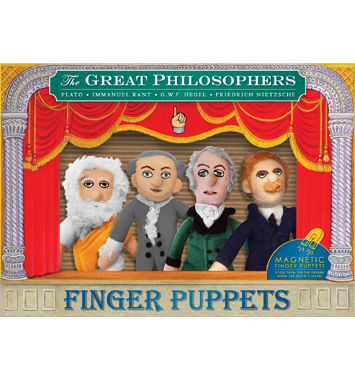Activity: Problems with Aristotle – Community of Enquiry
October 6, 2011
Beginning a Community of Enquiry
The community of enquiry is an excellent way to get your students to think about engaging critically with any philosophical idea. I have attached two PowerPoints below which can be used to good effect. The first one has some criticisms of Aristotle’s ideas that your pupils can use. I tend to print them out in note form (three to a page) from PowerPoint so that they can write notes as you go through each point. The community of enquiry is a technique that you can use in all of your teaching not just AS or A2. Please find below the instructions for how to set one up:
- Move the classroom chairs into a circle

- Get two volunteers to ‘scribe’ on the board
- *Explain what a hypothesis is (on the PowerPoint)
- Show pupils the stimulus slide (give them 30 seconds to think of a hypothesis)
- Collect 3 or 4 hypotheses and write them on the board (top corner)
- Get the students to vote on the hypothesis they feel is the best
- Ask students to test the hypothesis chosen (ensure that the scribes summarise the points made throughout the discussion)
- Try to ensure that the students link in to another idea raised or suggest a new route for the discussion.
In order to maintain decorum in the classroom during this, select a mascot (soft toy preferably) that the pupils can pass between one another. Only the person with the mascot in hand can speak.
* Remind them that the scientific method is not about verification but falsification. They are looking for evidence to disprove the idea they come up with. If they cannot find any evidence to disprove their original hypothesis then it is more likely that their hypothesis is correct. They must dismiss hypotheses which have been disproved.
Why bother with a community of enquiry?
The OCR levels of response are very clear. The upper bands require students to critically engage with the material raised by considering more than one point of view. Analysis by juxtaposition is not a good thing (“Hume said this and Kant said that…”). This is band three at best (implicit analysis). It always reminds me of an ‘all you can eat’ buffet where the examiner is shown all sorts of ideas but there is no attempt made by the student to critically engage (I’m sure you know what I mean by marking your own students’ work).
The community of enquiry forces students to be critical with the ideas that they are discussing. Make sure that they finish the criticisms raised in the sense that they make a judgement as to whether the evidence presented supports or challenges the statement made in the question (“Aristotle’s four causes are unconvincing.” Discuss.). Encourage variation in this: “This idea may suggest that Aristotle’s four causes are not convincing”; “This could indicate that the four causes fail as an explanation”; “The four causes could be successfully supported if this were the case.” etc. They need to address the question but need to do it with a little more subtlety than the proverbial sledge hammer. You don’t always have to use the language of the question verbatim. Encourage a more considered response – the examiner will appreciate this as it will be refreshing.
Try to get students to think about what has been said and assess the logical credentials of the idea or check to see whether the idea presented is acceptable. Are there any obvious flaws that need to be addressed? For example: Aristotle believed the universe was made up of pre-existing matter. However, modern physics suggests that the universe is 13.7 billion years old. If this is the case it would appear as though ‘matter’ has a definite beginning. This suggests that Aristotle’s prime mover cannot be the efficient and final cause of the universe since he did not believe that it could create. This undermines Aristotle’s explanation of the four causes.
This is one of the best ways to get pupils to think about how they would phrase their part (b) work. Philosophy can be complex enough without trying to make their explanations overly wordy. Short logical steps are best when answering part (b) questions. This ensures clarity of explanation. The community of enquiry gives them an opportunity to try this.
Try to ensure that every student gets heard. Don’t let the more confident dominate because you’re worried about a little silence. Let them speak. It is their time not yours. You are only there as the facilitator (intervene only when you feel it is necessary, this should become less and less with time as they grow in confidence).
This is the best way I know to really check understanding and explore possibilities. Don’t be frightened off this sort of task because it feels alien to your teaching style. The pupils love it and so will you!
Community Of Enquiry – Aristotle
Aristotle – 4 Causes, Prime Mover Problem Part B Community Of Enquiry – Aristotle
Photo: Stu Bowman (Durham Johnston Comprehensive)






0 Comments